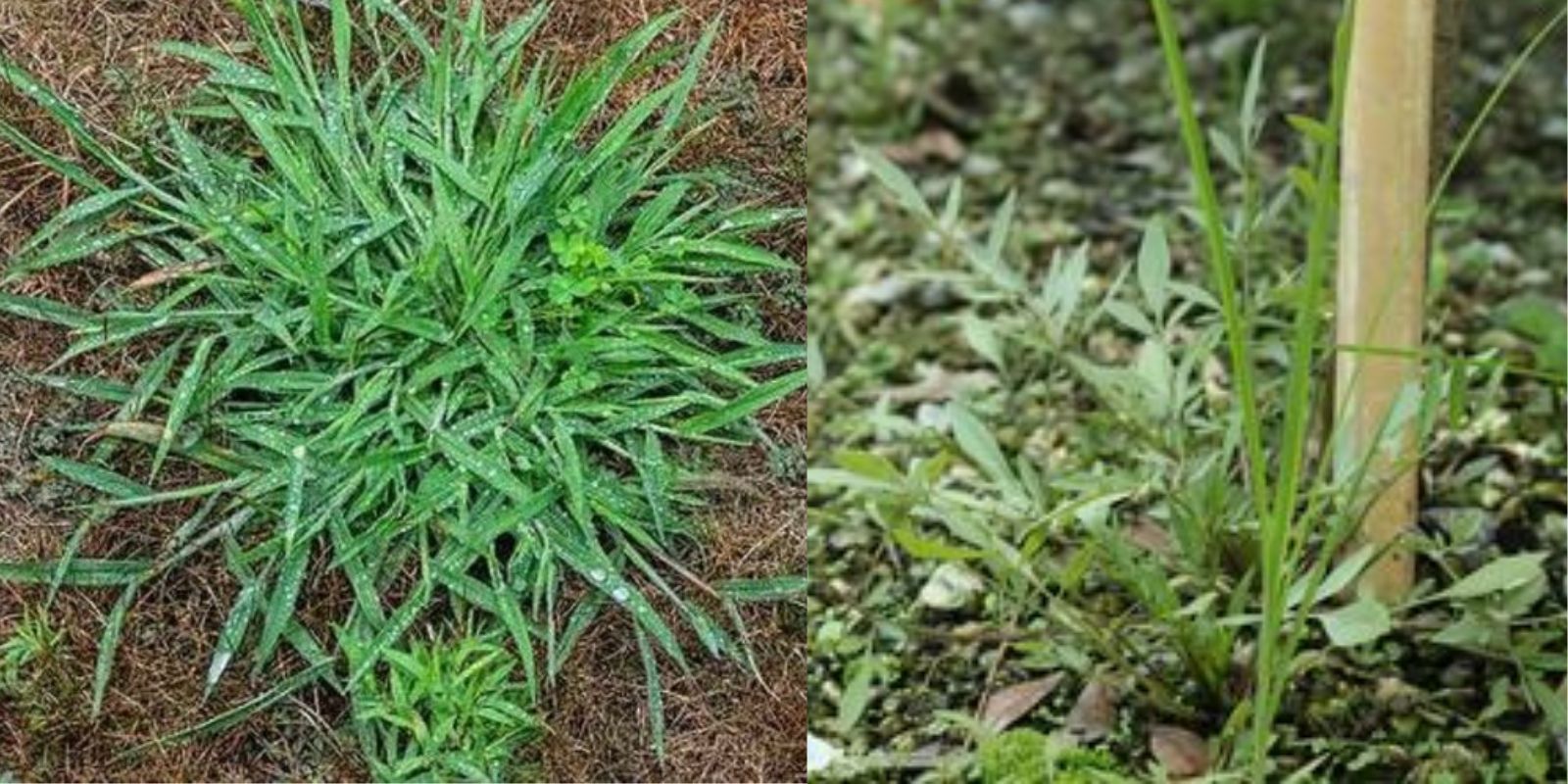In the world of gardening, the term “weed” often conjures images of unwanted intruders that threaten to choke out prized plants and disrupt the carefully curated landscape. However, not all plants categorized as weeds are detrimental to your garden. In fact, some weeds can offer surprising benefits that contribute to a thriving ecosystem and improve overall garden health. By understanding and appreciating the roles these plants play, gardeners can make informed decisions about whether to embrace or manage them. This article explores why you might reconsider pulling out a particular weed and how it could potentially enhance your garden environment.
Rethinking Weeds: Understanding Their Role
The definition of a weed is often subjective and varies depending on context. Generally, a weed is considered any plant growing where it is not wanted, but this perception can overlook the ecological and functional contributions certain plants provide. In many cases, plants categorized as weeds possess attributes that support biodiversity, attract beneficial insects, improve soil fertility, and even serve as indicators of underlying soil conditions.
Identifying Beneficial “Weeds”
- Dandelions (Taraxacum officinale) Often vilified for their vigorous growth and ability to spread rapidly, dandelions are actually beneficial to pollinators such as bees and butterflies. Their deep taproots also help aerate compacted soil and draw up nutrients from deeper layers, enriching the topsoil with minerals.
- Clover (Trifolium spp.) Clover is a nitrogen-fixing plant that enriches the soil by converting atmospheric nitrogen into a form usable by plants. It acts as a natural fertilizer, promoting healthy growth in surrounding plants and reducing the need for synthetic fertilizers.
- Nettles (Urtica spp.) Despite their sting, nettles are valuable as dynamic accumulators, drawing up nutrients such as calcium, magnesium, and iron from deep within the soil. When cut and left to decompose, nettles release these nutrients back into the soil, benefiting neighboring plants.
- Chickweed (Stellaria media) Chickweed is a low-growing plant that forms dense mats, which help suppress weed growth and prevent soil erosion. It also provides food for birds and beneficial insects, making it a valuable addition to wildlife-friendly gardens.
Benefits of Keeping “Weeds” in Your Garden
1. Soil Improvement
Certain weeds, like clover and nettles, contribute to soil health by improving fertility and structure. They enhance soil tilth, increase organic matter content, and promote beneficial microbial activity, ultimately supporting healthier plant growth.
2. Pollinator Support
Many weeds, including dandelions and clover, produce flowers that attract pollinators such as bees, butterflies, and hoverflies. By providing nectar and pollen sources, these plants contribute to biodiversity and help sustain populations of beneficial insects essential for pollination.
3. Natural Pest Control
Some weeds release compounds that repel pests or attract predators that feed on garden pests. For example, aromatic herbs like yarrow (Achillea millefolium) can deter harmful insects, while plants like Queen Anne’s lace (Daucus carota) attract parasitic wasps that prey on pest larvae.
4. Erosion Control and Weed Suppression
Weeds with dense growth habits, such as chickweed and ground ivy (Glechoma hederacea), form ground cover that reduces soil erosion and suppresses the growth of more problematic weeds. This natural mulching effect helps maintain soil moisture and protects underlying soil structure.
Practical Tips for Managing Beneficial Weeds
While some weeds offer undeniable benefits, managing their growth is essential to prevent them from becoming invasive or overwhelming desired plants. Here are practical strategies for integrating beneficial weeds into your garden while maintaining balance:
- Selective Removal: Regularly monitor weed populations and selectively remove excess growth to prevent competition with cultivated plants.
- Mulching: Use organic mulches like wood chips or straw to suppress weed growth and provide a barrier that reduces weed seed germination.
- Companion Planting: Plant beneficial weeds strategically among garden crops to maximize their benefits while minimizing competition and visual impact.
- Educate Yourself: Continuously educate yourself about the plants in your garden and their roles. Understanding each plant’s characteristics and benefits will help you make informed decisions about their management.
Embracing Diversity for a Healthy Garden Ecosystem
By reevaluating our perceptions of weeds and recognizing their potential contributions, we can cultivate gardens that are not only visually appealing but also ecologically vibrant and sustainable. Embracing diversity in plant species promotes resilience against pests and diseases, reduces reliance on synthetic inputs, and fosters a harmonious balance between cultivated plants and natural ecosystems.
Conclusion
Next time you encounter a plant labeled as a weed in your garden, take a moment to consider its potential benefits before reaching for the trowel. Whether it’s enriching the soil, supporting pollinators, or controlling erosion, many weeds offer valuable services that contribute to a thriving garden ecosystem. By understanding and harnessing the strengths of these plants, gardeners can cultivate gardens that are both productive and environmentally friendly. Embrace the diversity of plants in your garden, and discover how even the humblest weed can play a vital role in creating a flourishing and sustainable garden paradise.

